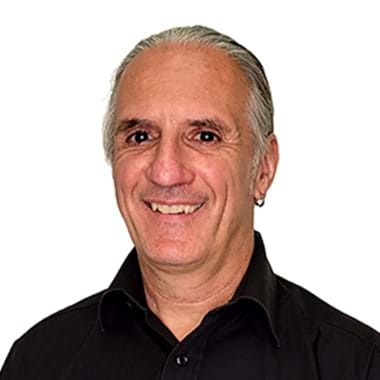Bioproduct combination study to avoid antibiotics in broiler chicken production

Stéphane Godbout
Researcher, P.Eng., agr., Ph.D.
418 643-2380
ext 600
Description
The overall objective of this study is to create a cheap, effective, ecofriendly alternative to the use of antibiotics on chicken farms by developing a new formula using yeasts, enzymes, and organic acids.
Objective(s)
- Reduce the use of antibiotics in intensive chicken-rearing facilities
- Produce the required enzymes and organic acids
- Prepare animal diets supplemented with the formula
- Analyze the life cycle of this new practice
- Conduct a technical and economic analysis
From 2013 to 2018
Project duration
Livestock production
Activity areas
Animal welfare, Food safety and quality
Services
IRDA works to create alternatives to the use of antibiotics on chicken farms.

Partner
Institut national de la recherche scientifique - Centre Eau, Terre et Environnement (INRS-ETE)
This may interest you
Fugitive emissions after manure spreading: risk assessment and mitigation
This project addresses the risks posed by the spreading of manure and emissions released into the environment to the biosecurity of farms, as well as to the health of workers and nearby populations.
Researchers: Patrick Brassard Stéphane Godbout


A technical and economic study on labour productivity and the competitiveness of hog producers in Québec
This project will evaluate labour productivity and identify best practices and recommendations to boost the pork industry competitiveness.
Researcher: Luc Belzile
Assessing optimal washing parameters and developing a real-time indicator to ensure biosecurity and reduce wastewater at the source in hog production facilities
Development of optimized cleaning methods that are readily measurable with an effective real-time indicator.
Researchers: Stéphane Godbout Richard Hogue



